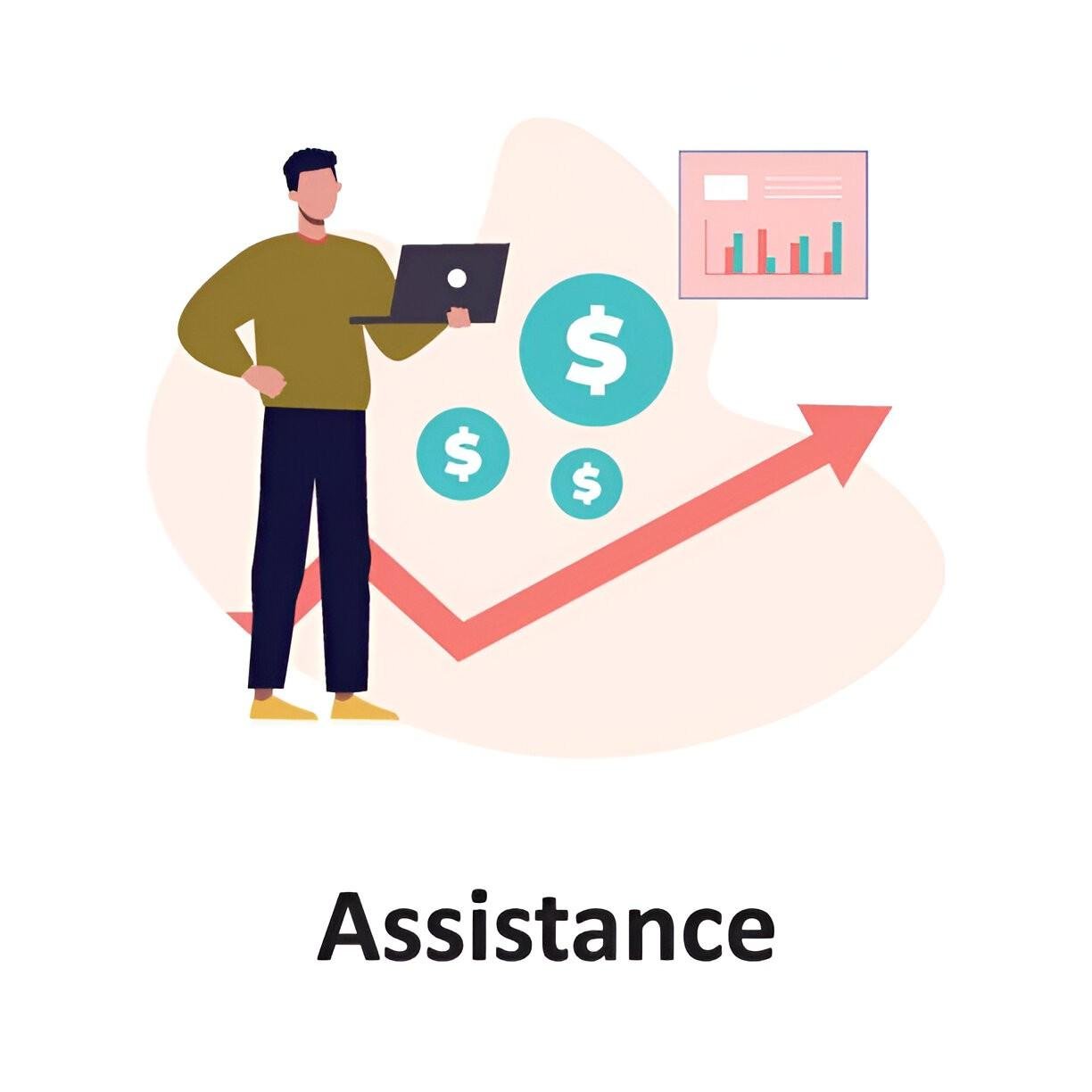Medium-term financial assistance denotes the provision of funds to an entity for a duration typically spanning between one to five years. This guide aims to unravel the concept of medium-term financial assistance, highlighting its significance, and providing illustrative examples.
Table of Contents
Understanding Medium-Term Financial Assistance
Medium-term financial assistance refers to loans or financial aid provided to individuals, businesses, or organizations for a duration ranging from one to five years. This form of assistance is often sought for various purposes, including capital investments, expansion projects, or working capital needs. Unlike short-term assistance, which is usually repaid within a year, medium-term financial aid offers a longer repayment period, providing borrowers with more flexibility in managing their financial obligations.
Key Characteristics of Medium-Term Financial Assistance
- Duration: Medium-term financial assistance typically spans a duration of one to five years, allowing borrowers a reasonable timeframe to repay the funds.
- Interest Rates: Lenders may offer medium-term loans at fixed or variable interest rates, depending on market conditions and the creditworthiness of the borrower.
- Purpose: Medium-term financial assistance is often utilized for funding capital expenditures, equipment purchases, business expansions, or other long-term projects that require substantial investment.
- Repayment Schedule: Borrowers are required to repay medium-term loans through regular installment payments over the agreed-upon term, which may include both principal and interest components.
Examples of Medium-Term Financial Assistance
- Business Loans: Small and medium-sized enterprises (SMEs) often seek medium-term loans from banks or financial institutions to finance business expansions, purchase equipment, or replenish working capital. These loans typically have a duration of one to five years and may be secured or unsecured, depending on the borrower’s creditworthiness and collateral.
- Government Grants: Governments may provide medium-term financial assistance to support specific industries, promote economic development, or fund infrastructure projects. For example, a government may offer grants or low-interest loans to renewable energy companies to support the construction of solar or wind farms over a five-year period.
- Supplier Financing: Some suppliers may offer their customers medium-term financing options to facilitate purchases of goods or services. For instance, a manufacturer may provide its distributors with extended payment terms, allowing them to pay for inventory purchases over a period of three years, thereby easing cash flow constraints.
Importance of Medium-Term Financial Assistance
- Facilitates Long-Term Planning: Medium-term financial assistance enables borrowers to undertake long-term projects or investments that may not be feasible with short-term funding options.
- Flexible Repayment Terms: The longer repayment period associated with medium-term loans allows borrowers to spread out their repayment obligations, reducing the financial strain on their cash flow.
- Supports Growth Initiatives: Medium-term financial assistance can fuel business growth by providing the necessary capital for expansion, investment in new technologies, or the development of new products and services.
Conclusion
In conclusion, medium-term financial assistance plays a crucial role in providing individuals and businesses with the necessary funding for long-term projects, expansions, or investments. Understanding the characteristics, examples, and importance of medium-term financial aid is essential for borrowers seeking to make informed financing decisions and achieve their financial goals.





